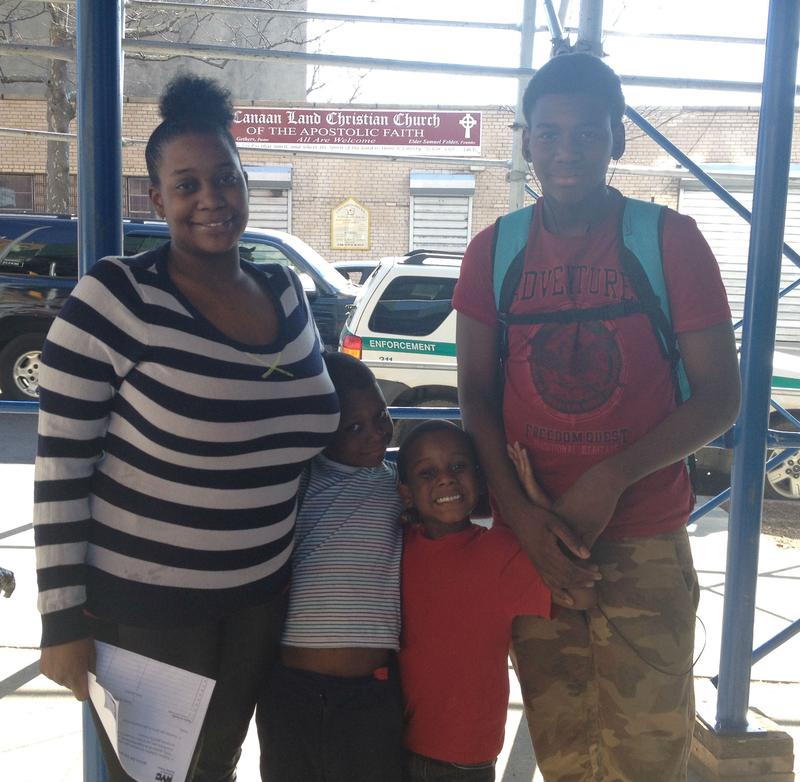
New York City is creating a new rental subsidy to help tackle its unprecedented homelessness crisis.
According to a draft of the proposal obtained by WNYC that the city sent to the Cuomo administration in March, the subsidy would be available to an estimated 1,400 to 2,800 families in which at least one member works full time, 35 hours a week. Currently 13,000 families live in the city’s shelters.
For a two-bedroom apartment that costs $1500 a month, a family could get a subsidy of $1,100. The total cost of the program could be as much as $115 million a year by the fifth year, according to the proposal. The city would have to negotiate with the state on how to split that cost.
The city said it’s still refining the proposal and refused to comment for this story. But advocates say they’re optimistic.
“We hope that it's robust, we hope that it's a long-term subsidy program and doesn’t make the fundamental mistake that the short-term subsidy programs of the Bloomberg era made,” said Patrick Markee of the Coalition for the Homeless, an advocacy group.
New York City has used rental subsidies since the 1980s, but it primarily relied on federal resources — public housing and vouchers — to get families out of shelters. That changed in 2004, when the Bloomberg administration eliminated access to those resources and instead introduced short-term subsidies, the last of which was known as the Advantage program. The state and city shut down that program in 2011.
Advocates say the result is a record-high number of families living in shelters. So far, 30 percent of the families in the Advantage program have returned to the shelter system, a spokeswoman for the Department of Homeless Services said. According to the city’s proposal, new subsidies would be offered for three years, with a possible extension of up to two additional years.
But critics, including former Mayor Michael Bloomberg, have argued that rental subsidies encouraged some people to enter the system when they didn’t need to.
“One theory is that that some people have been coming into the homeless system — the shelter system — in order to qualify for a program that helps you move out of the homeless system,” Bloomberg said in 2011.
Dan O’Flaherty, a professor of economics at Columbia University who has studied New York City’s rental subsidies, said both sides are right.
“The advocates are correct that they reduce the population of the shelters; the opponents are correct that there is an incentive effect,” he said. “It’s just that the incentive effect is not as big as is commonly claimed.”
